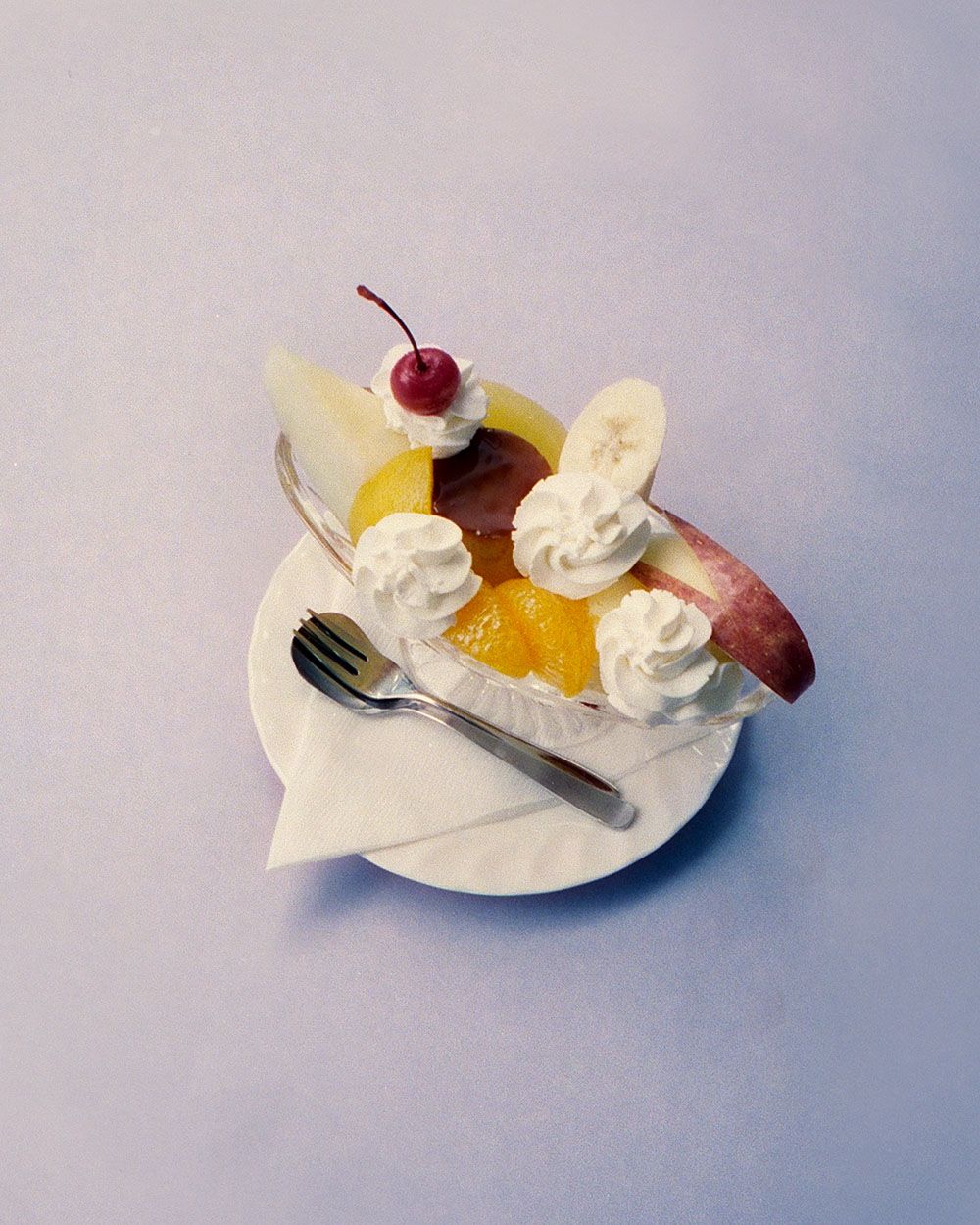By Nathalie Cantacuzino
As Japan opened its doors to the world at the beginning of the Meiji Restoration in 1868, many foreign dishes were introduced to Japanese chefs and diners for the first time. Chefs incorporated and adapted classic European and Chinese dishes into Japanese cooking, creating a new and unique type of fusion cuisine: yoshoku. Although often inspired by the luxury and refinement of French cuisine, the spirit of yoshoku is humble, homely, and unpretentious. Today, yoshoku dishes like doria, spaghetti napolitan, curry rice and korokke are so well-integrated into Japanese cuisine that most visitors – and even some locals – don’t know the surprising origins of the dishes and their names.
Omurice

Omurice is often the poster child of yoshoku cuisine – a flirtatiously gooey omelet draped over ketchup-stained rice, a perfect puddle of ketchup, and a shock of green from a parsley sprig. This classic yoshoku dish combines French (omelet) and Chinese cuisine (fried rice) and gives it an efficient Japanese portmanteau – omurice. The dish first appeared in Japan at yoshoku restaurant Rengatei in Tokyo. According to Koichiro Kida, the fourth-generation owner of Rengatei, omurice was made as a snack for the kitchen staff around 1900. When customers peeked into the kitchen and saw what the chefs were eating, they wanted to try it, too.
Pudding a la mode

Pudding a la mode is a yoshoku dessert consisting of a creme caramel, meticulously carved fresh fruit, vanilla ice cream and whipped cream. It is said to have originated after World War II at a hotel in Yokohama where it was made for the homesick wives of American soldiers living at the nearby US Army base, who missed the caramel flan from back home. Although it originates from French, the phrase “a la mode” has been used in English since the mid-1600s to mean fashionable. Since the late 19th century, “a la mode” has been used in the USA to mean a dish is served with ice cream.
Spaghetti Cosmopolitan

Spaghetti cosmopolitan used to be as common as the well-recognized yoshoku pasta dish spaghetti napolitan, but it disappeared around the middle of the Showa era (1926-1989). According to the manager at Almond in Tokyo – one of the last places in Japan that still has spaghetti cosmopolitan on the menu – the dish was typically made using a restaurant’s left-over ingredients, meaning no two versions of spaghetti cosmopolitan were the same. The name “cosmopolitan” – from the Greek meaning “citizen of the world” – was most likely a humorous reference to the vast range of ingredients used.

